The efficient recycling of Lithium-ion batteries is becoming increasingly important as the use of these batteries continues to grow in a wide range of applications such as portable electronic devices, electric vehicles, and energy storage systems. These batteries contain valuable metals such as lithium, cobalt, nickel, and manganese, and also hazardous materials like electrolytes, which can be harmful to the environment if not disposed properly.

Lorem ipsum dolor sit amet, nec in adipiscing purus luctus, urna pellentesque fringilla vel, non sed arcu integer, mauris ullamcorper ante ut non torquent.
One of the main reasons for the need for efficient Lithium-ion battery recycling is the increasing amount of electronic waste that is generated. As technology continues to advance, people are constantly upgrading their devices, leading to a steady stream of discarded batteries. If these batteries are not properly recycled, they can end up in landfills where their toxic components can leach into the soil and water, causing damage to the environment.
Another important reason for efficient Lithium-ion battery recycling is the limited resources of many of the metals used in these batteries. For example, lithium is a finite resource and cobalt is mainly sourced from politically unstable countries and with unethical mining practices. By recycling Lithium-ion batteries, we can conserve these resources and reduce the need for mining new materials.
Lithium-ion battery packs are typically either imported entirety, or the cells are imported and assembled into battery packs in India. In 2020-21, the overall India LIB import bill was at $1,193 million, with China and Hong Kong together accounting for 87 per cent of this. In addition to lithium, India is also dependent on imports for other key elements like cobalt, graphite and nickel. More than 70 per cent of the world’s cobalt comes from Congo, whereas China and Mozambique together produce 70 per cent of the world’s natural graphite.
The Need for Recycling
To assuage concerns of rising battery demand, limited raw material availability in the country, projected rising battery prices, and aid India’s journey to self-reliance, recycling is the need of the hour. Recycling can feed raw materials back into the battery manufacturing process, thus contributing to a circular economy of batteries.
Honourable Prime Minister Shri Narendra Modi has highlighted the nation’s focus on circular economy in his address at a post-budget webinar on March 4, 2022. On these lines, the Ministry of Environment, Forest and Climate Change (MOEFCC) launched the Battery Waste Management Rules, 2022 (BWMR, or ‘Rules’) on August 24, 2022. The rules focus on encouraging recycling of spent batteries by mandating Extended Producer Responsibility (EPR) and are applicable to multiple battery technologies.
The History of Battery Waste Management Rules
Batteries (Management and Handling) 2001 was notified by the Central Pollution Control Board (CPCB) to deal with collection and recycling of used lead acid batteries, amended to Battery (Management and Handling) Rules in 2010.
On August 24, 2022, the MOEFCC notified the Battery Waste Management Rules, 2022, which consist of the following prominent additions over its predecessors:
a) The Rules expands to all other battery technologies like lithium-ion batteries, Redox Flow batteries, etc.
b) Extended Producer Responsibility (EPR) was added to the draft rules to address the need for recycling of batteries across portable, automotive, industrial, and electric vehicle battery industries.
c) EPR mandates manufacturers and producers to be accountable for the collection, storage, transportation, recycling, and disposal of spent batteries.
Impact of BWMR on Recycling
a) Sets minimum yearly recovery targets for EPR – 70 per cent in 2024-25; 80 per cent in 2025-26 and 90 per cent from 2026-2027 and onwards.
b) Prohibits the producer from sending batteries to landfilling or incineration, but for recycling and refurbishment.
c) Works as a potential stick approach to ensure recycling by all the target stakeholders—manufacturers, producers, collection centres, importers, re-conditioners, re-furbishers, dismantlers, assemblers, dealers, recyclers, auctioneers, vehicle service centres, consumer and bulk consumers.
d) Reinforces the stand of several state EV policies which lay emphasis on battery recycling and ‘urban mining’ through establishment of working groups, incentives, or subsidies. Few of these states include Tamil Nadu, Madhya Pradesh, Uttar Pradesh, Delhi, Punjab, Maharashtra and Telangana.
Global Mandates for Recycling of Batteries
a) The EU currently mandates 50 per cent of a battery’s weight to be recycled, increasing to 70 per cent 2030 onwards.
b) Specific recycling requirements implemented for batteries containing lithium, cobalt, copper, nickel, or lead. For instance, the required recycling rate for lithium will rise from 35 per cent to 70 per cent between 2026 and 2030. A 90 per cent recycling rate will be achieved for cobalt, copper, nickel, and lead from 2026.
c) By 2027, the proposed EU legislation will require manufacturers to provide transparent information on the amount of recycled cobalt, lithium, nickel, and lead in new car batteries.
d) Several countries like USA, Canada, Chile, Colombia, Japan, south Korea, Singapore, etc. have implemented EPR legislation
Gaps and Recommendations for Implementation of Battery Recycling
a) With the lack of government backed guidelines on the extent of recycling for all battery technologies, measures should be taken by policy makers to bring the recycling industry under an organised market. This will contribute towards obtaining an understanding of existing scenario of battery recycling.
b) Cobalt and lithium have recovery rates greater than 95 per cent (99 per cent in some cases) under the hydrometallurgical recycling process. However, the cost of installing hydrometallurgical technology equipment for a recycling plant with 1 GWh annual capacity is around USD 5 million.
Further Research and Development is required on sustainable technologies for reducing recycling costs.
c) A spent battery travels 800km to reach the recycling plant, leading to heavy cost of transportation. Strategically planned recycling plant locations can significantly reduce such travel costs.
d) There is a critical shortage of skilled workforce in recycling industry. As a result, skilling initiatives must be prioritised. Recyclers, manufacturers and academic institutions can collaborate to conduct skill development programmes for the semi-skilled and unskilled workforce in the EV supply chain.

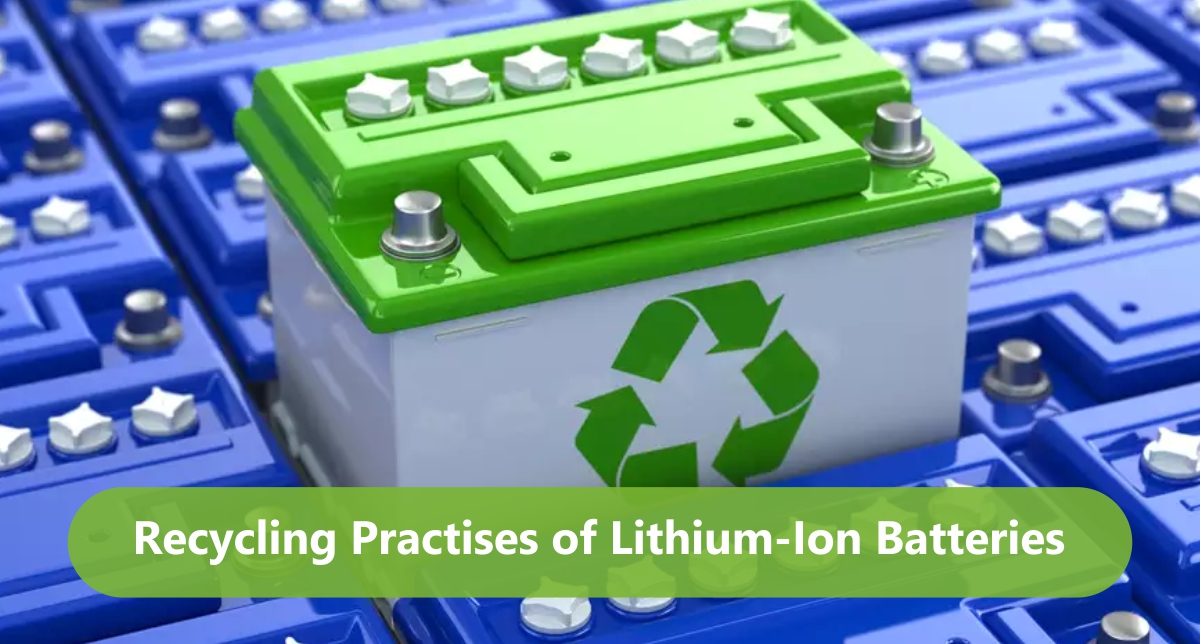
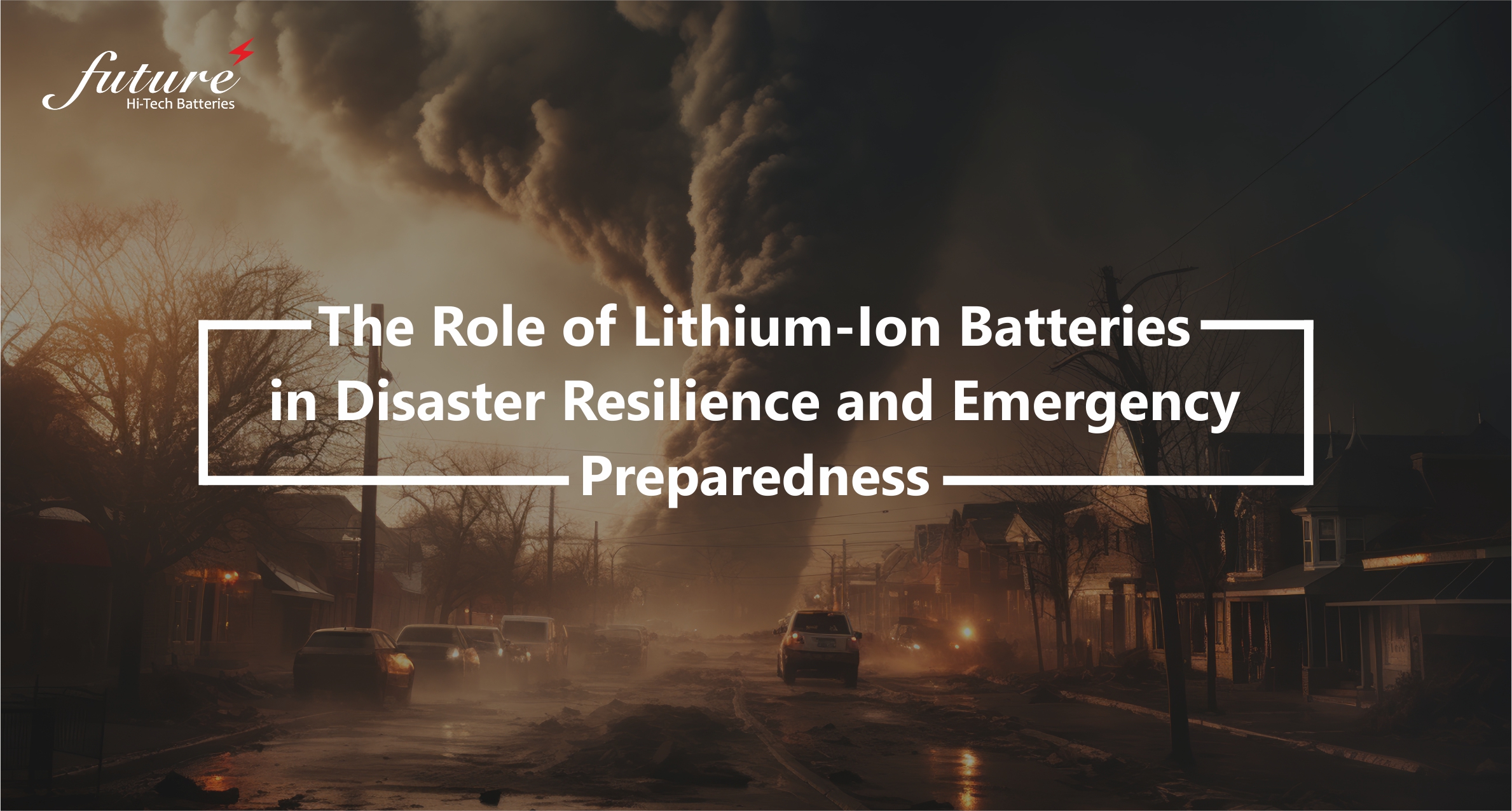


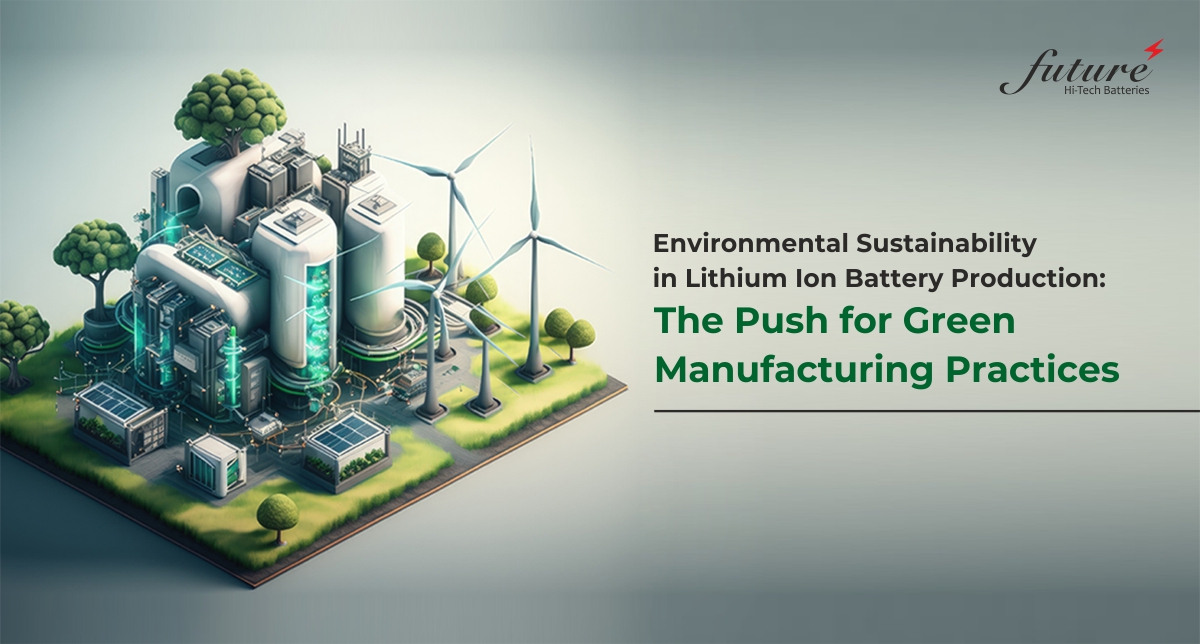
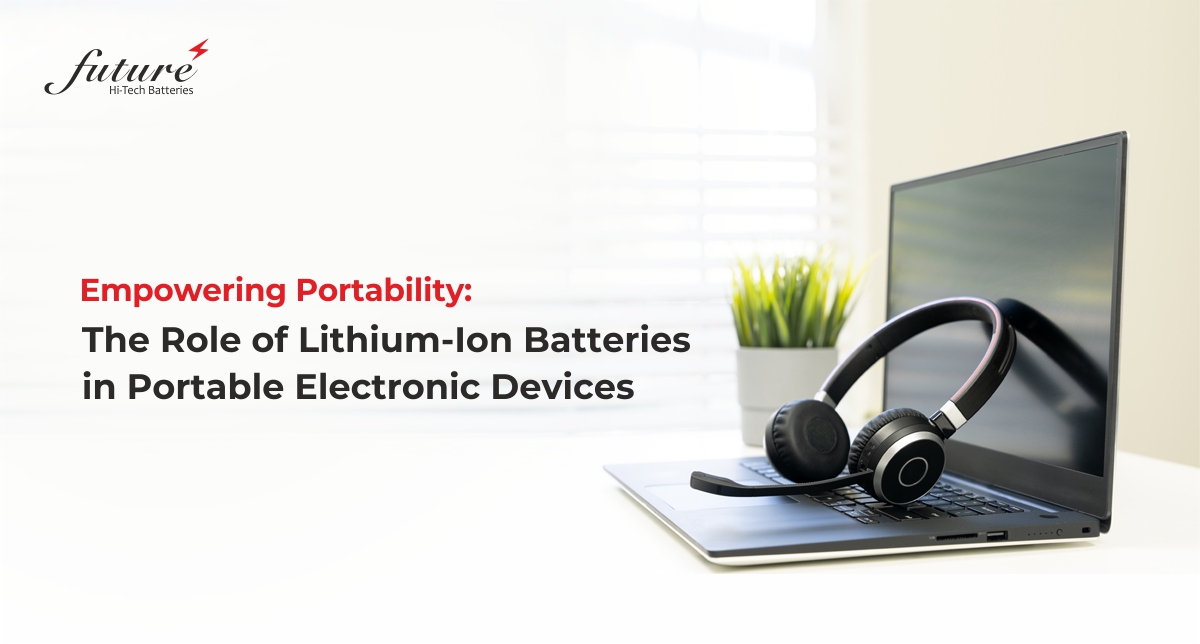
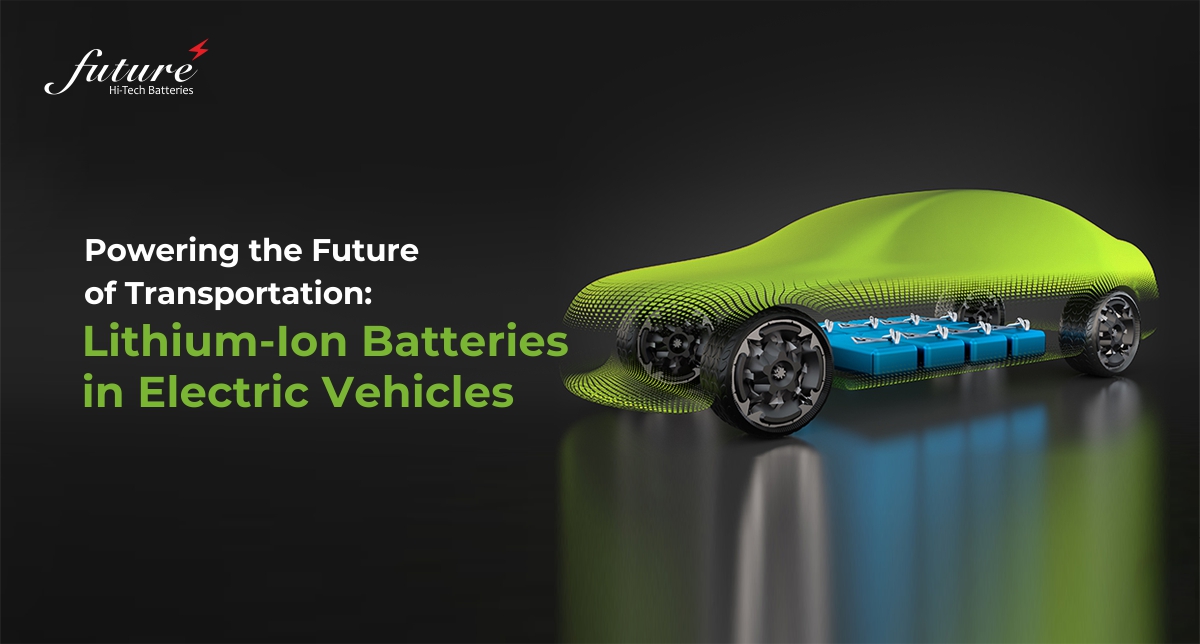


Your Comment Please